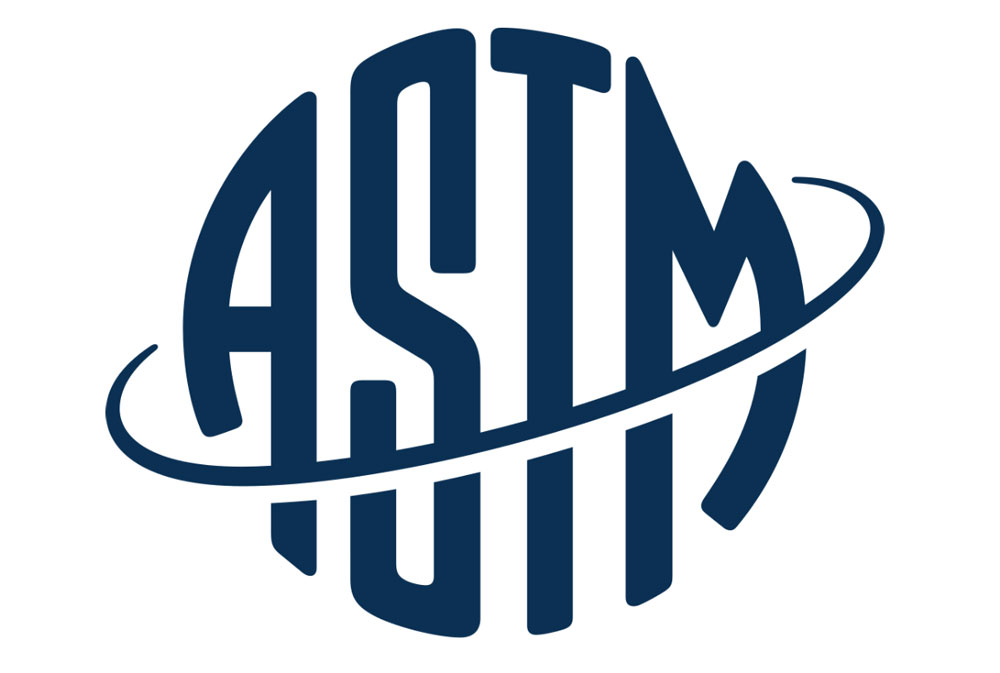ASTM E756-05(2017) – Standard Test Method for Measuring Vibration-Damping Properties of Materials

5.1 The material loss factor and modulus of damping materials are useful in designing measures to control vibration in structures and the sound that is radiated by those structures, especially at resonance. This test method determines the properties of a damping material by indirect measurement using damped cantilever beam theory. By applying beam theory, the […]
ISO 9053-1:2018 – Acoustics — Determination of airflow resistance — Part 1: Static airflow method

This document specifies the measurement of the determination of the static airflow resistance, in a laminar flow regime, of porous materials for acoustical applications.
ASTM C522-03(2016) – Standard Test Method for Airflow Resistance of Acoustical Materials

Significance and Use 5.1 The specific airflow resistance of an acoustical material is one of the properties that determine its sound-absorptive and sound-transmitting properties. Measurement of specific airflow resistance is useful during product development, for quality control during manufacture, and for specification purposes. 5.2 Valid measurements are made only in the region of laminar airflow […]
ASTM E2611-17 – Standard Test Method for Normal Incidence Determination of Porous Material Acoustical Properties Based on the Transfer Matrix Method

5.1 There are several purposes of this test: 5.1.1 For transmission loss: (a) to characterize the sound insulation characteristics of materials in a less expensive and less time consuming approach than Test Method E90 and ISO 140-3 (“reverberant room methods”), (b) to allow small samples tested when larger samples are impossible to construct or to transport, (c) to allow a rapid technique that does not […]
ISO 354:2003 – Acoustics — Measurement of sound absorption in a reverberation room

ISO 354:2003 specifies a method of measuring the sound absorption coefficient of acoustical materials used as wall or ceiling treatments, or the equivalent sound absorption area of objects, such as furniture, persons or space absorbers, in a reverberation room. It is not intended to be used for measuring the absorption characteristics of weakly damped resonators. […]
ASTM C423-22 – Standard Test Method for Sound Absorption and Sound Absorption Coefficients by the Reverberation Room Method

5.1 Measurement of the sound absorption of a room is part of the procedure for other acoustical measurements, such as determining the sound power level of a noise source or the sound transmission loss of a partition. It is also used in certain calculations such as predicting the sound pressure level in a room when […]
ISO 10534-2:1998 – Acoustics — Determination of sound absorption coefficient and impedance in impedance tubes — Part 2: Transfer-function method

This test method covers the use of an impedance tube, two microphone locations and a digital frequency analysis system for the determination of the sound absorption coefficient of sound absorbers for normal sound incidence. It can also be applied for the determination of the acoustical surface impedance or surface admittance of sound absorbing materials. Since […]
ISO 10534-1:1996 – Acoustics — Determination of sound absorption coefficient and impedance in impedance tubes — Part 1: Method using standing wave ratio

1. Scope 1.1 This part of ISO 10534 specifies a method for the determination of the sound absorption coefficient, reflection factor and surface impedance or surface admittance of materials and objects. The values are determined for normal sound incidence by evaluation of the standing wave pattern of a plane wave in a tube, which is […]
ISO 16032:2004 – Acoustics — Measurement of sound pressure level from service equipment in buildings — Engineering method

Introduction This document specifies the engineering method for the measurement of sound pressure level from service equipment in buildings. For use of this document measurements are performed under specified operation conditions and operating cycles. Such conditions are given in Annex B. The operating conditions and operating cycles given in Annex B are only used if […]
Tiêu chuẩn quốc gia TCVN 8776:2011 – Âm học – đo mức áp suất âm của các thiết bị sử dụng trong các tòa nhà – phương pháp kỹ thuật

Tiêu chuẩn này quy định các phương pháp đo mức áp suất âm của các thiết bị sử dụng trong các tòa nhà được lắp đặt trong các kết cấu xây dựng. Tiêu chuẩn này bao gồm các phép đo đặc trưng của thiết bị sử dụng hệ thống vệ sinh, thông gió cơ học, […]


